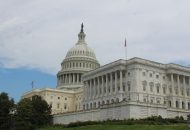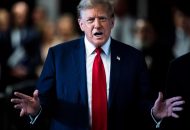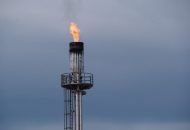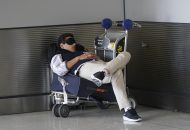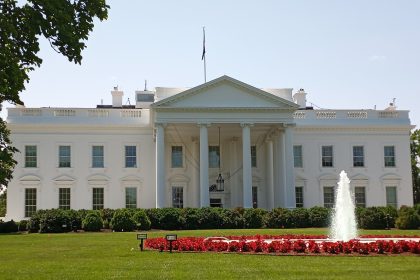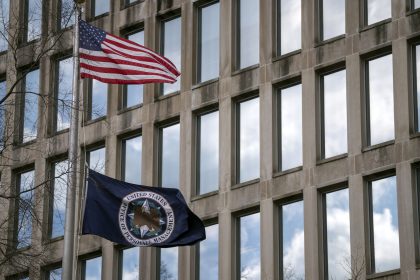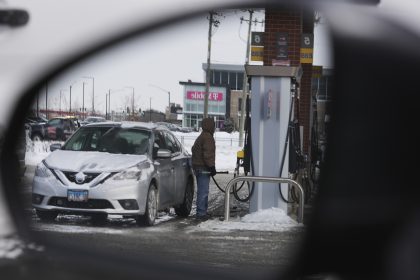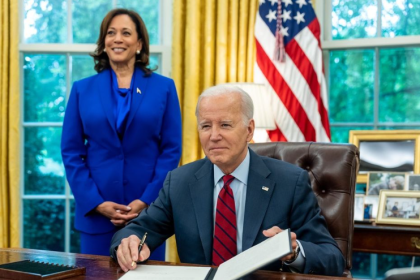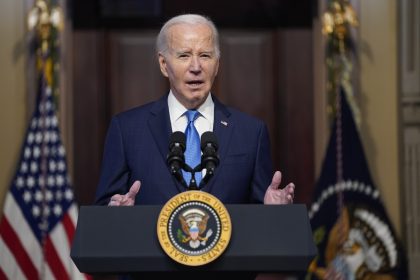Jobless Rate Spikes to 14.7%, Highest Since Great Depression
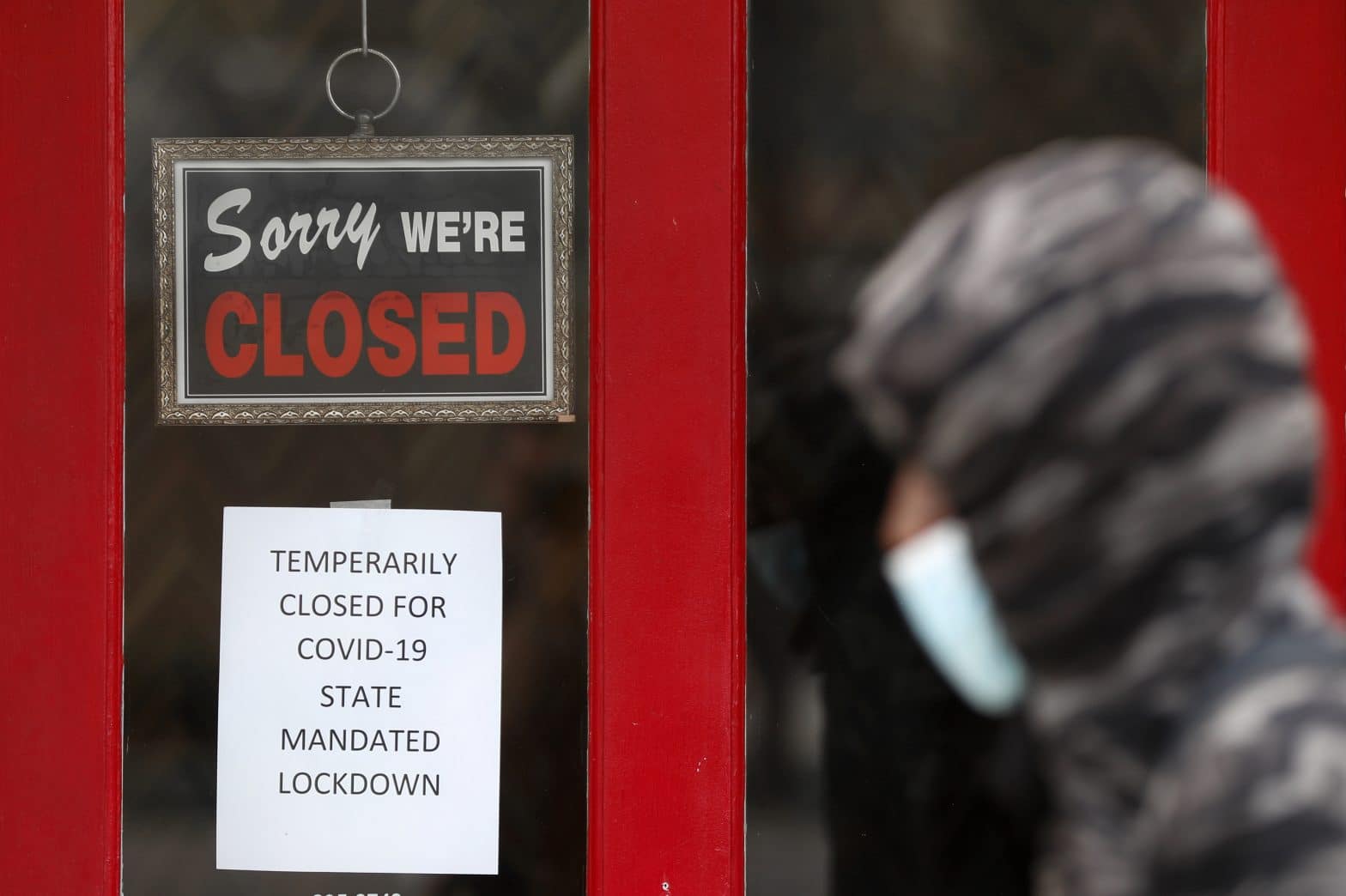
WASHINGTON (AP) — The U.S. unemployment rate hit 14.7% in April, the highest rate since the Great Depression, as 20.5 million jobs vanished in the worst monthly loss on record. The figures are stark evidence of the damage the coronavirus has done to a now-shattered economy.
The losses reflect what has become a severe recession caused by sudden business shutdowns in nearly every industry. Almost all the job growth achieved during the 11-year recovery from the Great Recession has now been lost in one month.
The collapse of the job market has occurred with stunning speed. As recently as February, the unemployment rate was a five-decade low of 3.5%, and employers had added jobs for a record 113 months. In March, the unemployment rate was just 4.4%
The government’s report Friday noted that many people who lost jobs in April but didn’t look for another one weren’t even counted in the unemployment rate. The impact of those losses was reflected in the drop in the proportion of working-age Americans who have jobs: Just 51.3%, the lowest on record.
THIS IS A BREAKING NEWS UPDATE. AP’s earlier story is below:
The U.S. government on Friday is poised to report the worst set of jobs numbers since record-keeping began in 1948, a snapshot of the devastating damage the coronavirus outbreak has inflicted on the economy.
The unemployment rate for April could reach 16% or more, according to economists surveyed by the data provider FactSet. Twenty-one million jobs may have been lost. If so, it would mean that nearly all the job growth in the 11 years since the Great Recession ended had vanished in one month.
Even those numbers won’t fully capture the scope of the damage the coronavirus has inflicted on jobs and incomes. Many people who are still employed have had their hours reduced. Others have suffered pay cuts. Some who lost jobs in April and didn’t look for a new one in light of their bleak prospects won’t even be counted as unemployed. A broader measure — the proportion of adults with jobs — could hit a record low.
The scale of the job loss has been breathtakingly sudden.
During the Great Recession of 2008-2009, the nation lost 6.5% of its jobs over a two-year span. It was the worst loss in any recession since World War II. Yet in just April alone, the expected job loss of 21 million would amount to 14% of all jobs — more than twice as much.
The impact on individuals has been vast. One of the newly unemployed, Sara Barnard, 24, of St. Louis, has lost three jobs: A floor manager at a pub and restaurant, a bartender at a small downtown tavern and the occasional stand-up comedian. Her main job was at McGurk’s, an Irish pub and restaurant near downtown that closed days before St. Patrick’s Day. She had worked there continually since high school.
McGurk’s tried selling food curbside, Barnard said, but it was costing more to keep the place open than the money that was coming in. Around that time, the bar where she worked closed, and comedy jobs ended when social distancing requirements forced clubs to close.
McGurk’s is a St. Louis landmark, and Barnard expects it to rebound quickly once it reopens. She just doesn’t know when.
Job losses and pay cuts are ranging across the world. Unemployment in the 19-country eurozone is expected to surpass 10% in coming months as more people are laid off. That figure is expected to remain lower than the U.S. unemployment rate. But it doesn’t count many people who either are furloughed or whose hours are cut but who receive most of their wages from government assistance.
In France, about half the private-sector workforce is on a government paid-leave program whereby they receive up to 84% of their net salary. In Germany, 3 million workers are supported in a similar system, with the government paying up to 60% of their net pay.
In the five weeks covered by the U.S. jobs report for April, 26.5 million people applied for unemployment benefits. The job loss to be reported Friday may be less because the two are measured differently: The government calculates job losses by surveying businesses and households. It’s a net figure that also counts the hiring that some companies, like Amazon and many grocery stores, have done. By contrast, the total jobless claims is a measure of just the layoff side of the equation.
For the United States, a key question is where the job market goes from here. Applications for unemployment aid, while high, have declined for five straight weeks, a sign that the worst of the layoffs has passed. Still, few economists expect a rapid turnaround.
The Congressional Budget Office has forecast that the unemployment rate will still be 9.5% by the end of next year. A paper by economists at the San Francisco Federal Reserve estimates that under an optimistic scenario that assumes shutdowns are lifted quickly, the unemployment rate could fall back to about 4% by mid-2021.
But if shutdowns recur and hiring revives more slowly, the jobless rate could remain in double-digits until the end of 2021, the San Francisco Fed economists predict.
Raj Chetty, a Harvard economist, is tracking real-time data on the economy, including consumer spending, small business hiring and job postings. Chetty noted the economy’s health will hinge on when the viral outbreak has subsided enough that most Americans will feel comfortable returning to restaurants, bars, movie theaters and shops.
The data suggests that many small businesses are holding on in hopes that spending and the economy will rebound soon, he said. Small business payrolls have fallen sharply but have leveled off in recent weeks. And job postings haven’t dropped nearly as much as total jobs have. But it’s unclear how much longer those trends will persist.
“There’s only so long you can hold out,” Chetty said.









